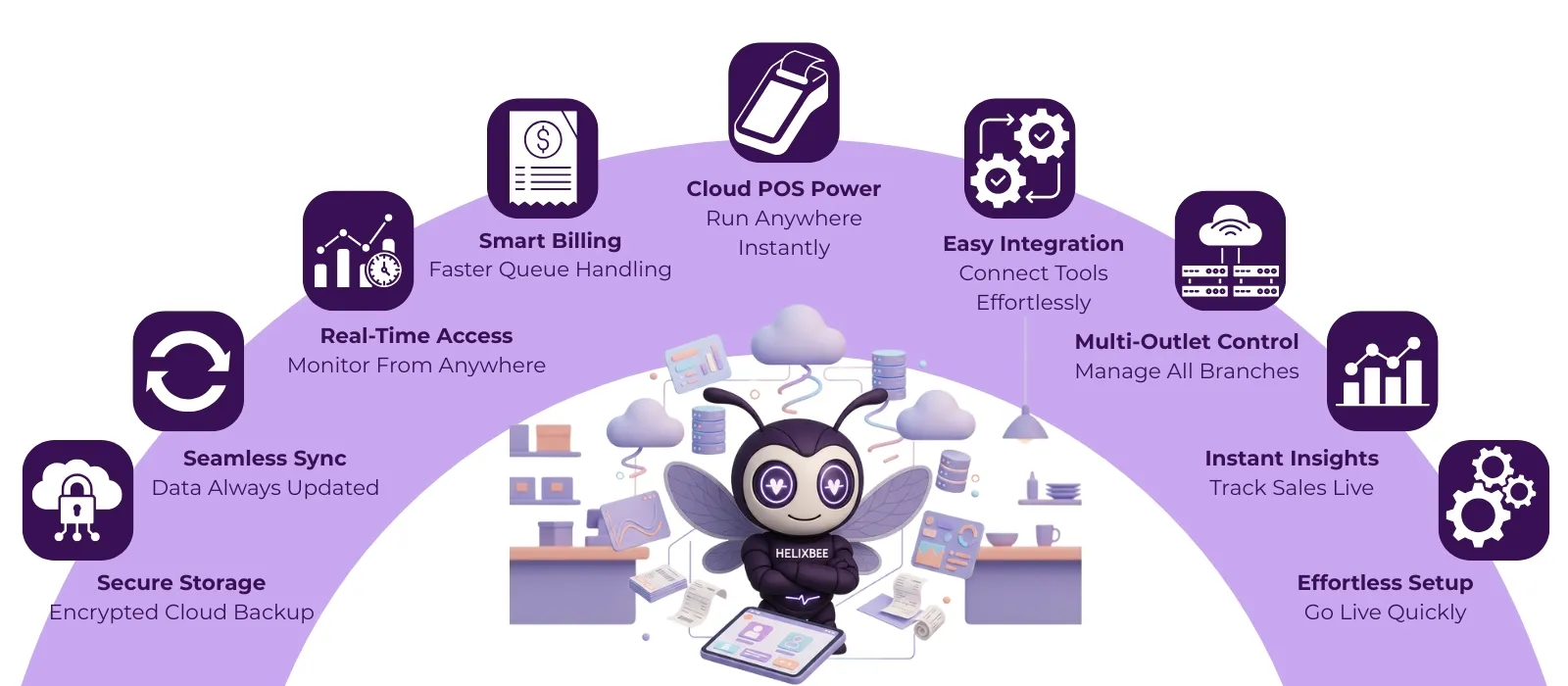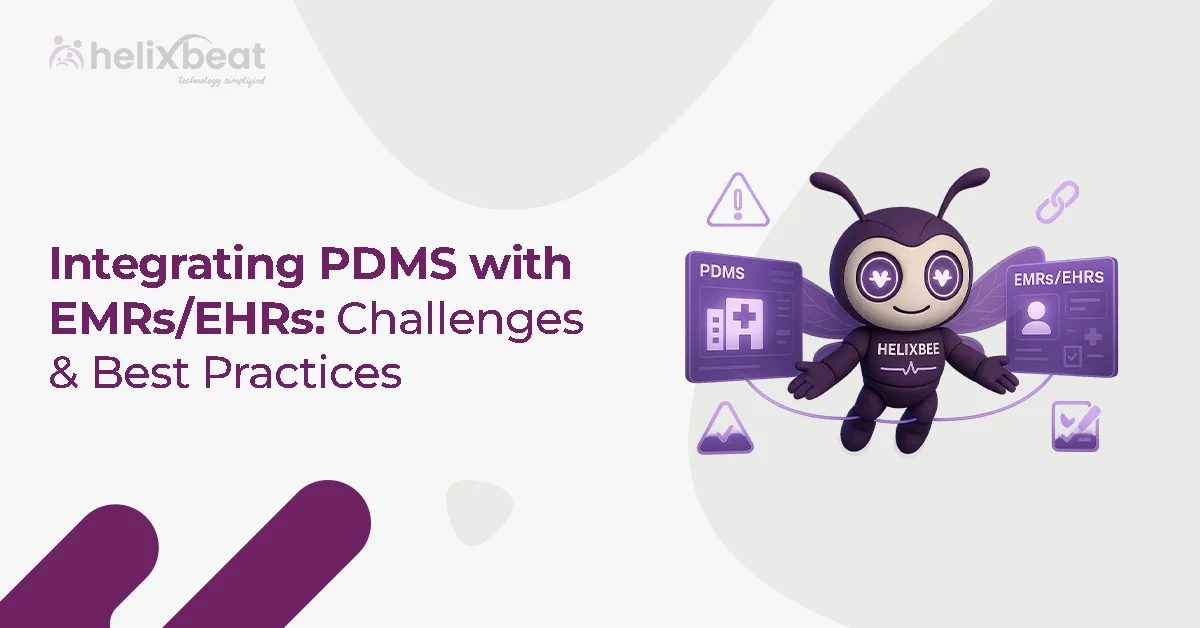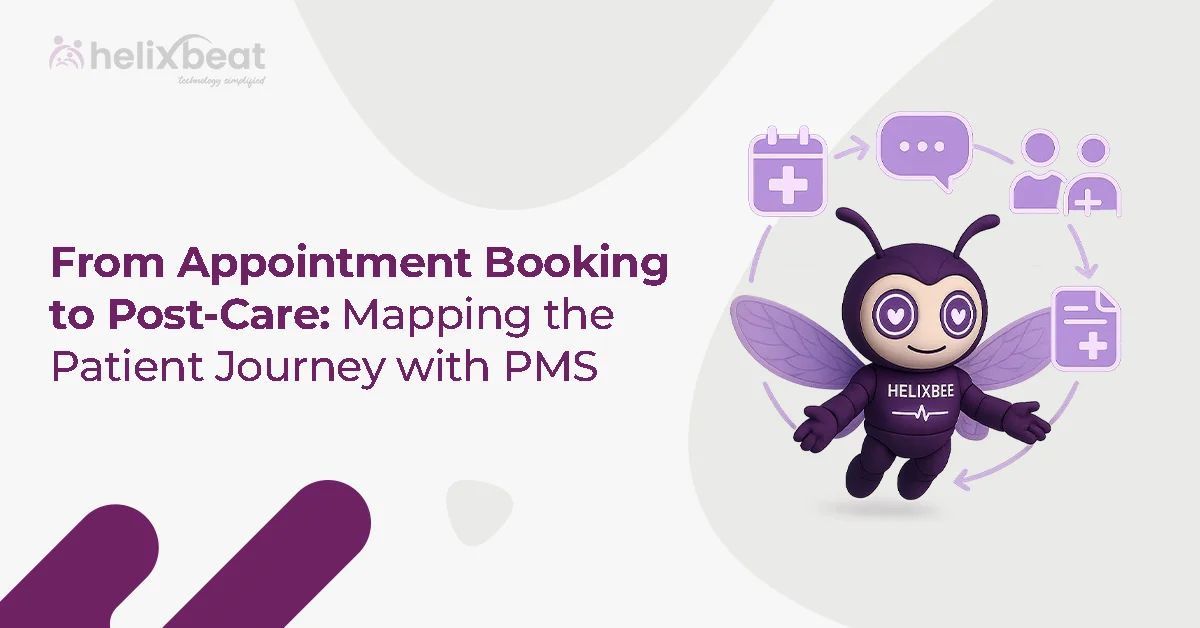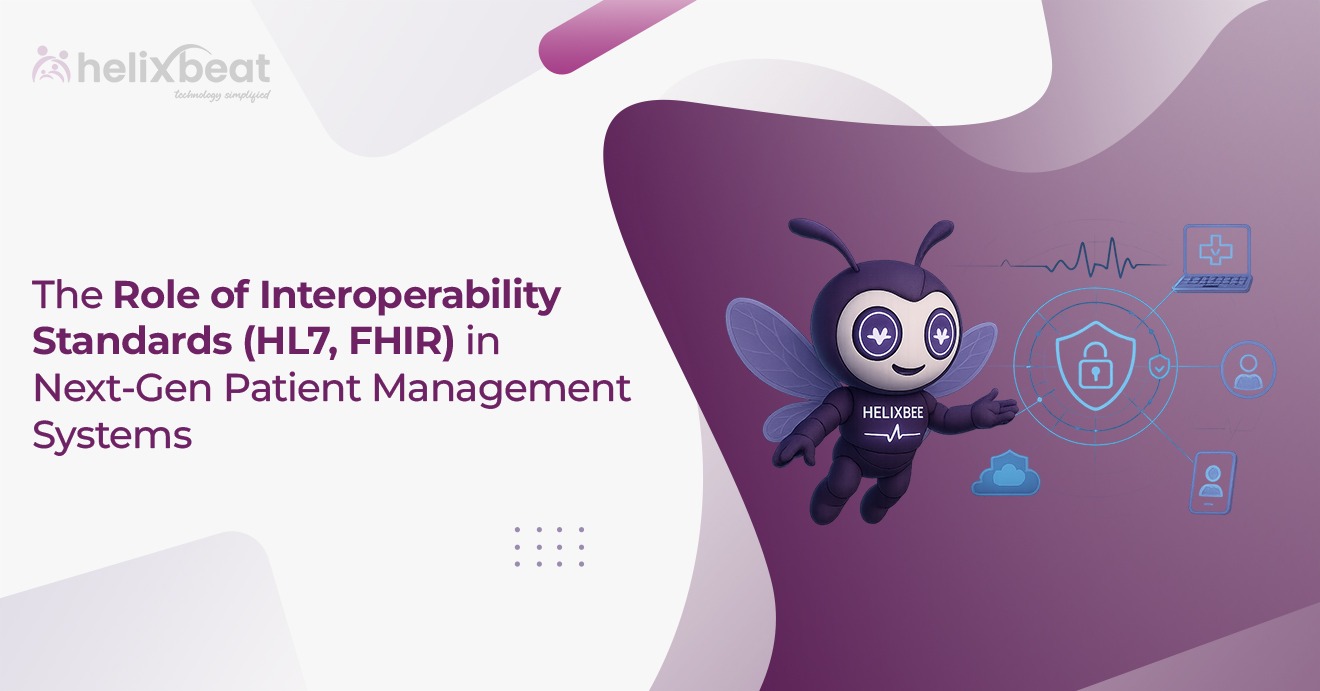Imagine running a healthcare practice where new patients walk in regularly, trust your services, and keep coming back—not because of your marketing campaigns, but because your approach is smart, efficient, and patient-focused. Sounds ideal, right?
However, many healthcare providers struggle with the rising costs of attracting new patients. It is often five to eight times more expensive to acquire a new patient than to retain an existing one. But what if acquiring new patients didn’t have to come with a hefty price tag? Let’s explore how smarter patient acquisition can transform both your practice and finances.
Table of Contents
A Brief About Patient Acquisition Cost
Patient acquisition cost (PAC) refers to the total investment required to bring a new patient into a healthcare practice. This includes marketing, advertising, administrative efforts, and onboarding costs. It is calculated using the following formula:
PAC = Number of New Patients Acquired / Total Marketing and Sales Expenses
For healthcare providers, the key is to keep this number as low as possible without sacrificing quality. When PAC is too high, profitability declines, which limits the ability to reinvest in better technology, staff training, or patient experience improvements.
Why Reducing Patient Acquisition Cost Matters
1. Boosts Profitability Without Compromising Care Quality
As mentioned earlier, high patient acquisition costs directly affect profit margins. If a clinic or hospital spends an excessive amount on acquiring new patients but doesn’t generate sufficient revenue per patient, the financial strain becomes unsustainable. However, lowering PAC frees up resources that providers can redirect toward improving care quality, investing in new medical technologies, and hiring skilled professionals.
2. Enhances Long-Term Patient Retention
Focusing on reducing patient acquisition often leads to strategies that improve patient satisfaction and retention. By shifting efforts toward personalized communication, efficient follow-ups, and superior service experiences, healthcare organizations can lower churn rates and cultivate long-term relationships with patients.
3. Improves Marketing Efficiency
A well-optimized marketing strategy reduces patient acquisition costs while attracting high-intent patients. Traditional advertising methods like billboards and print ads often have lower returns compared to digital strategies such as SEO, targeted social media campaigns, and email marketing.
For example, a dental clinic that invests in local SEO to appear in Google searches for “best dentist near me” is more likely to attract relevant patients than one relying solely on newspaper ads. Therefore, providers can significantly lower their PAC while driving more qualified leads by optimizing marketing channels.
4. Strengthens Competitive Advantage
Today, patients have more choices than ever, with online reviews, telemedicine, and digital consultations influencing their decisions. Therefore, providers that adopt cost-effective strategies to attract and retain patients gain a distinct advantage. In contrast, those who fail to optimize their patient acquisition cost risk losing market share to more agile competitors that can offer the same services at a lower cost.
5. Reduces Dependence on Paid Advertising
While paid ads are effective in the short term, it can be expensive and unsustainable in the long run. A high patient acquisition cost fueled by continuous ad spending can drain budgets without yielding long-term loyalty. Therefore, investing in organic growth strategies—such as content marketing, referral programs, and strong local SEO—reduces dependency on paid promotions while maintaining a steady influx of new patients.
Effective Strategies to Reduce Patient Acquisition Costs
1. Leverage Referral Programs
Word-of-mouth marketing remains one of the most cost-effective ways to attract new patients. Therefore, encouraging satisfied patients to refer friends and family can significantly lower PAC. Similarly, offering incentives, such as discounted services or loyalty points, can further motivate referrals and strengthen patient engagement.
2. Optimize Digital Presence
A strong online presence is vital for reducing patient acquisition costs. With PULSE, providers can create an online identity using a structured approach.
How Providers Can Establish an Online Presence with PULSE
- Identity Verification: Providers can securely validate their credentials to register on PULSE.
- Create a Health Center Profile: Providers can add their health centers by adding relevant details, such as:
- Group NPI
- Health Center Name & Type
- Specialization
- Electronic Medical Records (EMR) Integration
- Contact Information (Email, Work Phone, Fax, etc.)
This digital profile makes it easier for potential patients to find and evaluate healthcare centers before making an appointment.
3. Enhance Patient Experience for Positive Reviews
Online reviews play a major role in attracting new patients. According to studies, nearly 90% of patients read reviews before choosing a healthcare provider. Therefore, by offering an outstanding patient experience, clinics can generate positive reviews, which reduces the need for expensive marketing efforts and lowers PAC over time.
4. Target High-Intent Audiences
Instead of broad-spectrum advertising, focusing on high-intent patients improves conversion rates. Targeted digital ads based on demographics, health concerns, or search intent lead to higher-quality leads, which reduces wasted marketing spend and lowers PAC.
5. Streamline Patient Onboarding
A lengthy or complicated onboarding process can increase patient acquisition costs. However, simplifying the registration process with digital forms, online appointment scheduling, and telemedicine consultations minimizes administrative burdens while enhancing the patient experience.
PULSE automate appointment management and minimize scheduling conflicts to enhance patient engagement. It also helps providers strengthen long-term relationships with patients by providing seamless communication, timely follow-ups, and a personalized patient experience.
Final Thoughts
Reducing patient acquisition costs isn’t just about cutting expenses—it’s about building a more sustainable, patient-focused healthcare model. By leveraging referral programs, optimizing digital presence, enhancing patient experience, targeting high-intent audiences, and streamlining onboarding, providers can attract new patients without overspending.
PULSE empowers healthcare providers to lower patient acquisition costs by enhancing online visibility, streamlining appointment management, and strengthening patient relationships. With PULSE, providers can create a verified digital profile, integrate with EMRs, and offer a hassle-free experience that encourages long-term patient engagement.
Ready to take control of your patient acquisition strategy? Get started with PULSE today and build a thriving, cost-efficient healthcare practice!

FAQs
1. What is patient acquisition cost (PAC)?
Patient acquisition cost (PAC) refers to the total investment required to attract and onboard a new patient. This includes marketing, advertising, administrative efforts, and other related expenses.
2. How does a high patient acquisition cost impact healthcare profitability?
When PAC is too high, it reduces profit margins, making it harder to reinvest in staff training, advanced treatments, and better patient care, which can ultimately affect service quality.
3. What are some practical ways to lower patient acquisition costs?
Healthcare providers can lower PAC by leveraging referral programs, optimizing their online presence, streamlining patient onboarding, improving patient experience, and targeting high-intent audiences through digital marketing.
4. How does digital marketing help reduce patient acquisition costs?
Digital marketing strategies, such as SEO, social media advertising, and email campaigns, help attract relevant patients at a lower cost compared to traditional advertising methods like billboards and print ads.
5. What is PULSE, and how does it help reduce patient acquisition costs?
PULSE is a platform that enhances a healthcare provider’s online presence by allowing them to create verified digital profiles, integrate with EHRs, and streamline appointment management, leading to better patient engagement and reduced marketing expenses.
6. Can reducing patient acquisition costs improve patient retention?
Yes, many strategies that lower PAC—such as providing excellent patient experiences, personalized follow-ups, and seamless communication—also contribute to stronger patient relationships and long-term retention.














